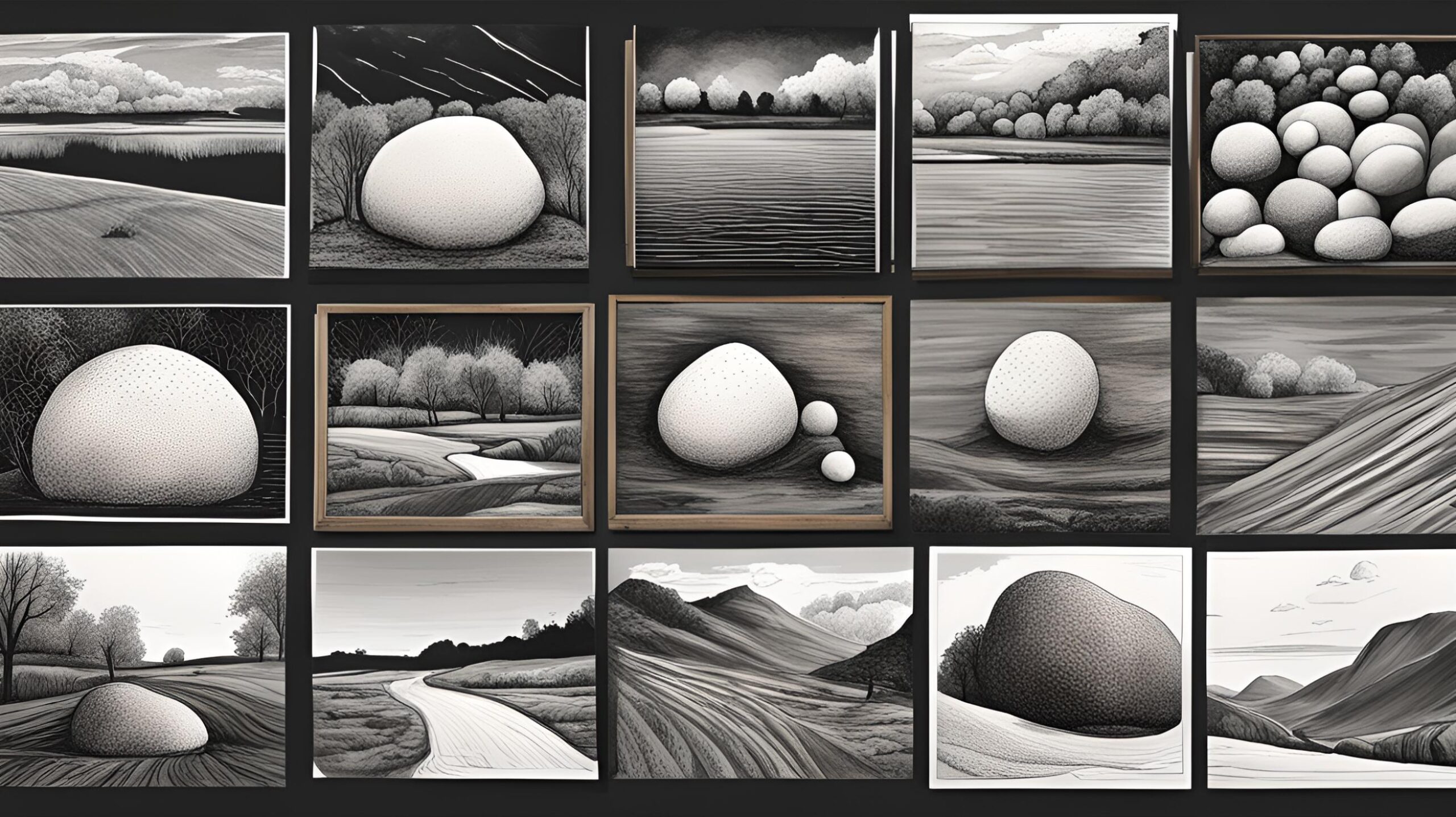Flashback to July 6
American History

2006
NASA astronomers announce the discovery of a storm system in the Jovian atmosphere, dubbed the Red Spot Junior.
Read moreNASA Astronomers Announce the Discovery of a Storm System in the Jovian Atmosphere, Dubbed the Red Spot Junior
On May 5, 2006, NASA astronomers made an exciting announcement that captured the attention of the scientific community and space enthusiasts around the world. They had discovered a storm system in the Jovian atmosphere, which they named the Red Spot Junior. This discovery provided valuable insights into the dynamics and turbulent nature of Jupiter’s atmosphere.
The Red Spot Junior, as the name suggests, is related to the more famous Great Red Spot, a massive storm on Jupiter that has been observed for centuries. While the Great Red Spot is a well-known feature of the gas giant, its younger counterpart, the Red Spot Junior, was a new addition to the Jovian atmosphere.
The discovery of the Red Spot Junior was made possible through the combined efforts of NASA’s Hubble Space Telescope and ground-based observatories. These advanced observational tools allowed astronomers to study the storm system in great detail and ascertain its characteristics.
One of the main reasons why the discovery of the Red Spot Junior was significant is that it provided scientists with an opportunity to study the evolution and behavior of storms on Jupiter. The Great Red Spot has been observed for more than 400 years, and its longevity raises intriguing questions about the mechanisms that sustain such storms. The Red Spot Junior, being a younger storm system, offered a unique perspective on this phenomenon.
The Red Spot Junior appeared as a small red oval-shaped feature in Jupiter’s southern hemisphere, situated below the Great Red Spot. Astronomers estimated that it was about half the size of its larger counterpart, spanning approximately 6,000 miles across. This relatively small size made it easier to track and study the storm’s evolution over time.
By observing the Red Spot Junior, scientists hoped to gain insights into the formation and development of large storm systems like the Great Red Spot. They were particularly interested in understanding the processes responsible for the longevity and stability of these storms. The Red Spot Junior provided a living laboratory where they could observe ongoing storm dynamics and potentially unlock the secrets behind the Great Red Spot.
The announcement of the Red Spot Junior’s discovery also sparked excitement among amateur astronomers and space enthusiasts. Jupiter, with its breathtaking storms and dynamic atmosphere, has always captivated the imagination of skywatchers. The addition of the Red Spot Junior added another fascinating aspect to the planet’s allure, making it the subject of increased interest and observation.
the discovery of the Red Spot Junior in Jupiter’s atmosphere on May 5, 2006, marked an important milestone in our understanding of storm systems on the gas giant. Astronomers, with the help of advanced telescopes and observatories, were able to study the storm and gain valuable insights into the dynamics and behavior of storms on Jupiter. This discovery not only increased our knowledge of Jupiter’s atmosphere but also sparked widespread intrigue and fascination among space enthusiasts worldwide. As we continue to explore the mysteries of our universe, the Red Spot Junior serves as a reminder of the beauty and complexity that lies beyond our own planet.
We strive for accuracy. If you see something that doesn't look right, click here to contact us!
Sponsored Content

World’s largest hailstones 1.5…
The world witnessed history…

Fourteen firefighters die in…
On July 6, 1994,…

Lunar Eclipse – Umbral…
Witness the breathtaking lunar…

In Jackson, Michigan, the…
The historic inaugural convention…

Cleveland sends 2,000 troops…
On July 6, 1894,…

